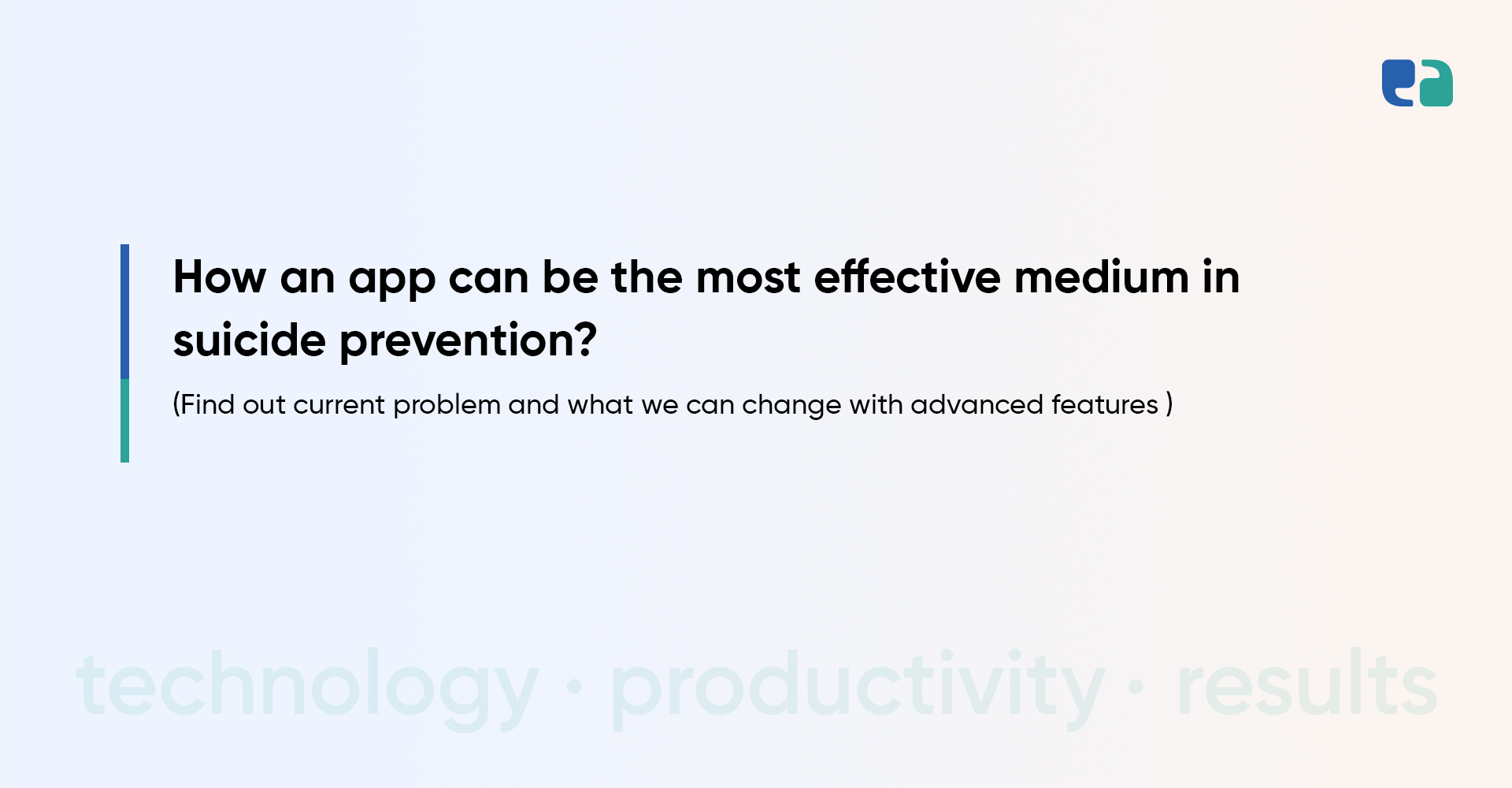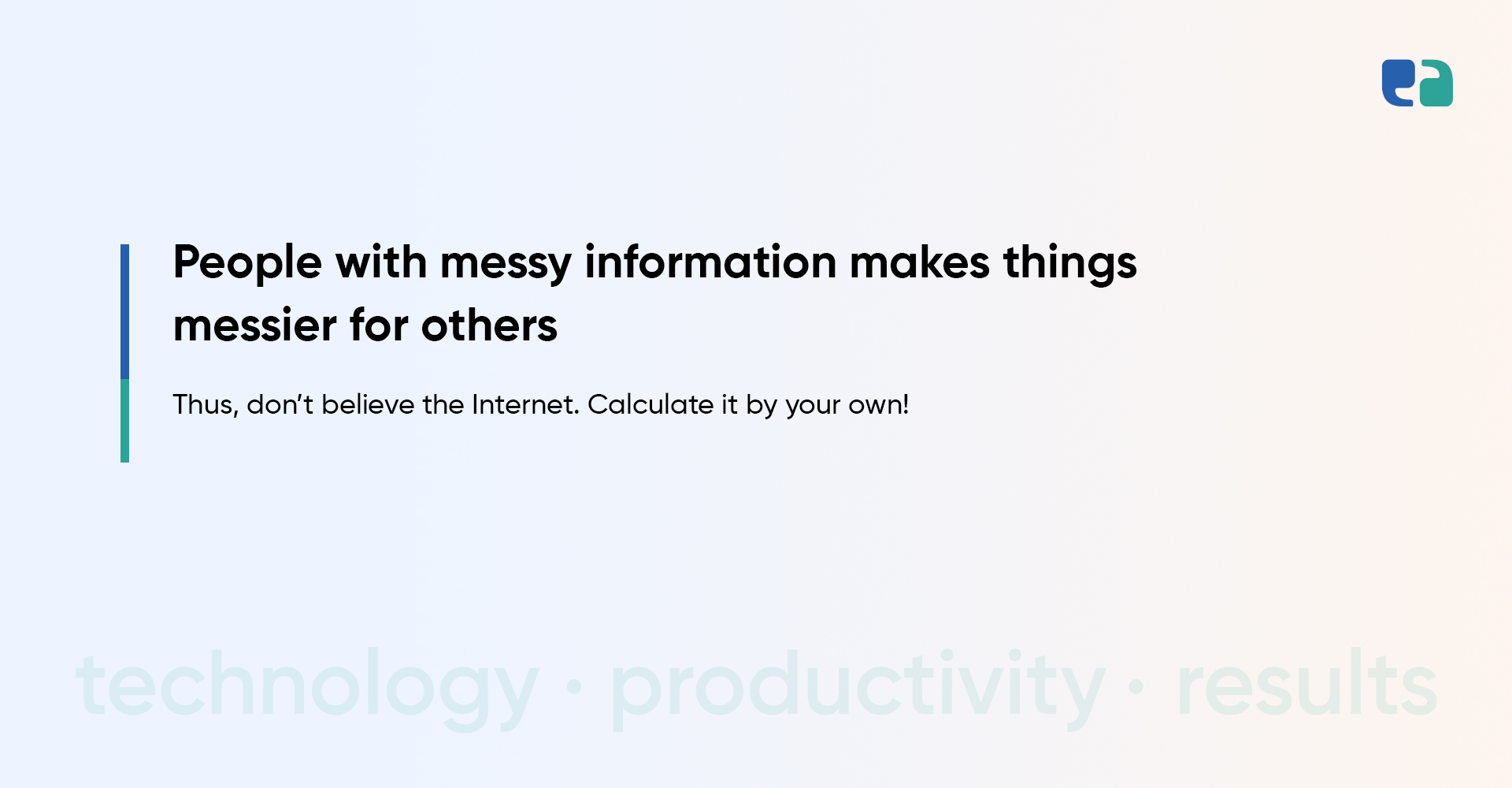Telehealth isn’t just a backup plan anymore—it’s the real deal.
Hospitals, clinics, and doctors are using it every day to provide care from anywhere.
But here’s the thing—patients expect more.
They don’t just want video calls with doctors; they want a smooth, all-in-one experience. Think about it—when you order food or book a ride, everything happens in one app.
Patients want the same for telehealth: scheduling, insurance checks, prescriptions, payments—all in one place.
The problem? Many telehealth platforms don’t offer that, and patient satisfaction has actually dropped since 2020 because of it.
That’s where Telehealth APIs come in.
APIs are like little digital connectors that help different systems talk to each other.
So instead of doctors and patients juggling multiple platforms, APIs bring everything together—from EHRs and payment systems to video calls and pharmacy services.
The best part? You don’t have to build all this from scratch.
Telehealth API integration services let healthcare providers plug in ready-made, secure solutions—like CONTUS MirrorFly API for video calls or Eligible API for real-time insurance verification.
This saves tons of time and money while making telehealth platforms way more powerful.
Why Invest in Telehealth API Integration? The Big Benefits
Telehealth enhances patient experience, boosts provider efficiency, and reduces costs—all while making your platform more competitive. Here’s why you should consider it:
1. Better Experience for Patients
Patients want everything in one place—appointment scheduling, insurance checks, prescriptions, and payments.
API integration brings all these features into one app, improving patient satisfaction and fixing the common issue of limited telehealth services.
2. Boosting Provider Productivity & Care Quality
APIs connect telehealth apps to EHRs, giving providers quick access to patient records during visits.
They also simplify uploading exams and notes, cut down on repetitive data entry, and power clinical decision support systems, making diagnoses and treatments faster.
Plus, they streamline insurance verification and reimbursements. Research shows API integration can increase provider productivity by 40%.
3. Saving Time & Costs
Instead of building everything from scratch, you can use pre-built APIs to integrate services into your app.
This cuts development time, costs, and complexity. APIs also help move data from legacy systems to modern platforms easily.
4. Helping Your Business Grow
APIs also help with business operations. They can track key performance indicators (KPIs) and improve patient engagement with targeted marketing.
Plus, APIs like Eligible streamline insurance and payment processes.
5. Cutting IT Costs with Cloud-Based APIs
Most APIs are cloud-based, meaning you pay for only what you use. This reduces infrastructure costs and allows for easy scalability as your platform grows.
62% of companies say cloud-based solutions are more flexible and cost-effective than traditional on-premise systems.

Exploring Common Types of Telehealth APIs
Here’s a quick rundown of the most important types of telehealth APIs and how they enhance your platform:
These APIs connect telehealth platforms with EHRs, allowing healthcare providers to access critical patient data during virtual consultations.
By integrating APIs like CharmHealth and Patient360, healthcare providers can view patient histories, medications, and lab results, ensuring comprehensive care.
Read: EMR EHR Integration in USA: Epic, Cerner, Athena & more
2. Communication APIs
CONTUS MirrorFly and Vonage Video API are popular choices, offering secure video calls and messaging for virtual visits.
These APIs also enable the exchange of medical records, prescriptions, and images, making it easy for healthcare providers and patients to communicate securely.
3. Scheduling & Appointment Management APIs
Managing virtual appointments becomes effortless with these APIs. healow and Mend allow for online appointment scheduling, automated reminders, and seamless integration with telehealth systems.
4. Payment & Billing APIs
APIs like Eligible API and Change Healthcare API integrate payment systems, allowing for quick reimbursement checks and smooth transactions between patients and providers.
These APIs help streamline billing and ensure secure, hassle-free payments.
5. Remote Patient Monitoring (RPM) APIs
RPM APIs connect wearable devices with telehealth platforms, enabling healthcare providers to monitor patient health remotely.
APIs like Validic’s Connect API and Human API gather vital signs, activity levels, and other health metrics, allowing doctors to track patient progress and adjust treatment plans as needed.
6. Pharmacy & Prescription APIs
Prescription management becomes more efficient with these APIs. CharmHealth and Truepill Pharmacy API integrate pharmacy services, allowing healthcare providers to manage prescriptions electronically.
These APIs enable medication delivery, prescription refills, and streamlined communication with pharmacies.
7. Clinical Decision Support (CDS) APIs
Clinical decision-making is improved with APIs that provide access to medical knowledge and diagnostic tools.
Nanthealth Eviti API supports oncology treatment, while HealthTap API offers a knowledge library to help patients find answers or get second opinions from healthcare professionals.
8. Data Aggregation & Interoperability APIs
Interoperability is crucial in healthcare. APIs like Google Cloud Healthcare API and Azure API for FHIR standardize data exchange between different systems.
These APIs ensure that healthcare platforms can share medical data securely, complying with industry standards like FHIR and HL7.
9. AI-Powered APIs
AI-driven APIs bring automation and intelligence to telehealth platforms. Daily’s AI-Powered Clinical Notes API can automatically generate SOAP notes, saving clinicians time.
AI also helps collect and organize data in standardized formats, making it easier to share information across different systems.
Look at the images of the telehealth app that we recently developed for our client.

Navigating the Challenges: Key Considerations for Telehealth API Integration
Integrating APIs into your telehealth platform can be incredibly beneficial, but it comes with challenges. Here’s what you need to keep in mind:
1. Data Security and Compliance
- Ensure APIs comply with regulations like HIPAA.
- Use encryption and secure authentication for data protection.
- Conduct regular security assessments to safeguard patient information.
2. Interoperability and Standardization
- Opt for APIs that support FHIR and HL7 standards for smoother data sharing.
- Be aware that full interoperability isn’t always guaranteed across systems.
3. Development Expertise
- Work with developers who understand healthcare workflows and API integration needs.
- Choose healthcare IT providers who specialize in the unique requirements of the sector.
4. Legacy System Integration
- Migrating data from older systems can be challenging.
- Ensure compatibility between new APIs and existing infrastructure.
- Plan migration carefully to avoid disrupting current operations.
5. Cost and Scalability
- Evaluate not just the initial integration cost, but also ongoing maintenance.
- Consider cloud-based APIs for flexibility and scalability as your platform grows.
- Choose APIs that can scale to handle increasing user and data volumes.
By keeping these points in mind, you’ll set your telehealth platform up for successful API integration that enhances functionality and meets compliance standards.
Conclusion: Why SyS Creations is Your Ideal Partner for Telehealth API Integration
Choosing the right partner for telehealth API integration is crucial for the success and longevity of your platform. We understand the challenges and complexities of healthcare IT and are committed to providing a seamless integration experience that addresses all your needs.
Here’s how we can help you:
- 10+ Years of Expertise
With over a decade of experience in healthcare IT, we’ve successfully completed 250+ projects, gaining in-depth knowledge of the healthcare industry’s specific requirements. - Tailored Solutions
Our dedicated team of developers, compliance experts, and business analysts work closely with you to create custom and white-label telehealth solutions that fit your exact needs, ensuring smooth API integrations. - Compliance & Security
We prioritize your platform’s security by adhering to HIPAA, PIPEDA, and GDPR standards. Our commitment to compliance means your telehealth solution is always secure and meets all regulatory requirements. - End-to-End Support
From initial consultation to post-integration maintenance, we ensure your platform remains stable and secure, offering continuous support as your telehealth services evolve.
Choose SyS Creations for your telehealth API integration needs, and let us help you build a secure, efficient, and patient-centered platform that elevates your healthcare services.



